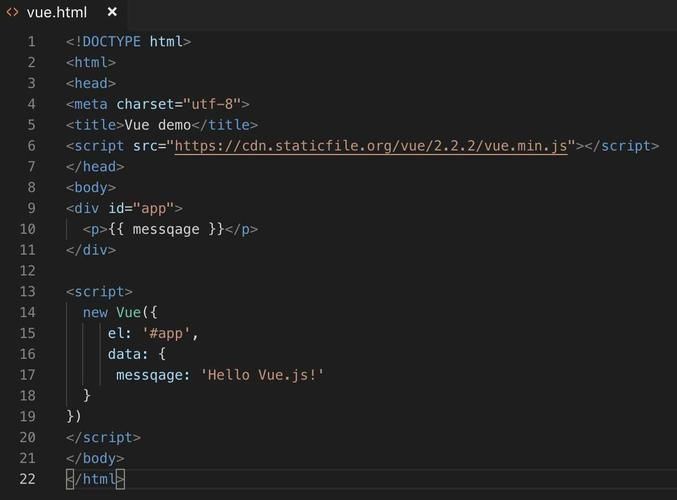
关于作者
还是大剑师兰特:曾是美国某知名大学计算机专业研究生,现为航空航海领域高级前端工程师;CSDN知名博主,GIS领域优质创作者,深耕openlayers、leaflet、mapbox、cesium,canvas,webgl,echarts等技术开发,欢迎加底部微信,一起交流。
| 热门推荐 | 内容链接 |
|---|---|
| 1 | openlayers 从基础到精通,300+代码示例 |
| 2 | leaflet 热门分解学习教程,150+图文示例 |
| 3 | cesium 从0到1学习指南,200+代码示例 |
| 4 | mapboxGL 从入门到实战,150+图文示例 |
| 5 | canvas 示例应用100+,揭密底层细节 |
| 6 | javascript从基础到高级,示例展示200+ |
| 7 | vue2 实战指南,100+个细节深度剖析 |
在 Vue 中,
$root是一个属性,用于访问根组件实例。它的作用是连接所有其他的 Vue 实例组件,并向子组件提供全局配置和实例方法。根实例是 Vue 的上下文环境,包含了整个 Vue 应用的数据和方法。使用$root属性,可以方便地访问根实例的方法、数据和生命周期钩子函数。
$root的使用示例
// main.js
new Vue({
data() {
return {
isUpdate: true
};
},
router,
store,
render: h => h(App)
}).$mount('#app');
// 组件 created() 或mounted(), method中
created() {
console.log(this.$root.isUpdate);
this.$root.isUpdate = false;
}
在上面的代码中,首先在main.js文件中创建了一个新的 Vue 实例,并在data函数中定义了一个名为isUpdate的属性,初始值为true。然后,在组件的created生命周期钩子函数中,通过this.$root.isUpdate来访问根组件的isUpdate属性,并将其值打印到控制台。接下来,通过this.$root.isUpdate = false将根组件的isUpdate属性的值设置为false。
使用$root时注意事项
1,
$root只对根组件有用,用于访问根组件中的属性或方法,而不是父组件。
2,如果存在多级子组件,通过$root访问得到的是根父组件。
专栏目标
在vue和element UI联合技术栈的操控下,本专栏提供行之有效的源代码示例和信息点介绍,做到灵活运用。
提供vue2的一些基本操作:安装、引用,模板使用,***puted,watch,生命周期(beforeCreate,created,beforeMount,mounted, beforeUpdate,updated, beforeDestroy,destroyed,activated,deactivated,errorCaptured,***ponents,)、 $root , $parent , $children , $slots , $refs , props, $emit , eventbus ,provide / inject, Vue.observable, $listeners, $attrs, $nextTick , v-for, v-if, v-else,v-else-if,v-on,v-pre,v-cloak,v-once,v-model, v-html, v-text, keep-alive,slot-scope, filters, v-bind,.stop, .native, directives,mixin,render,国际化,Vue Router等

